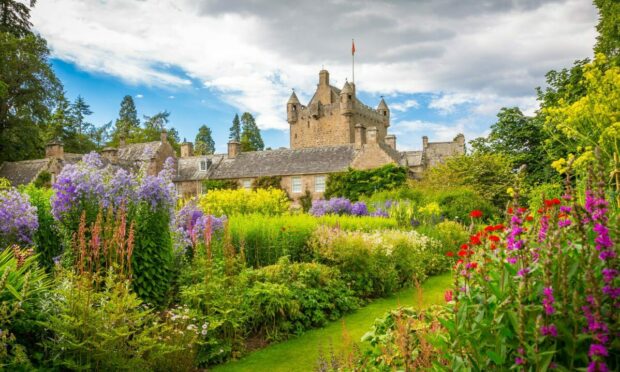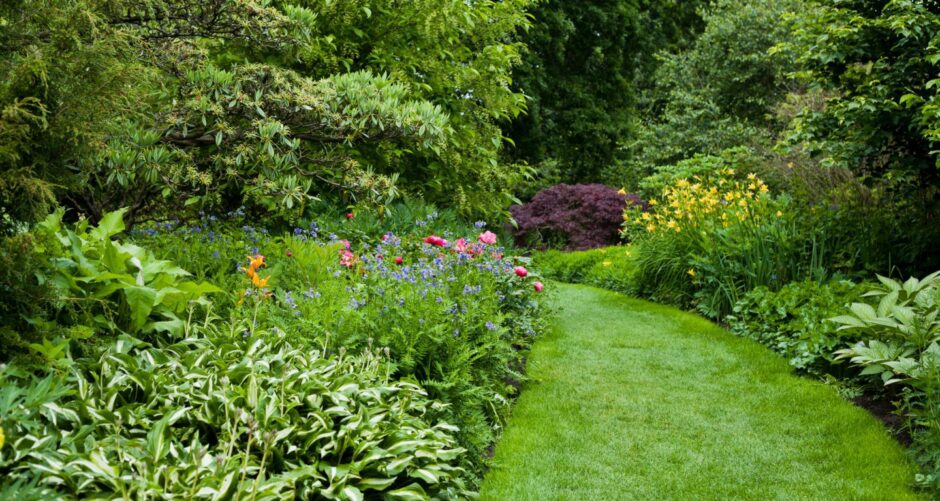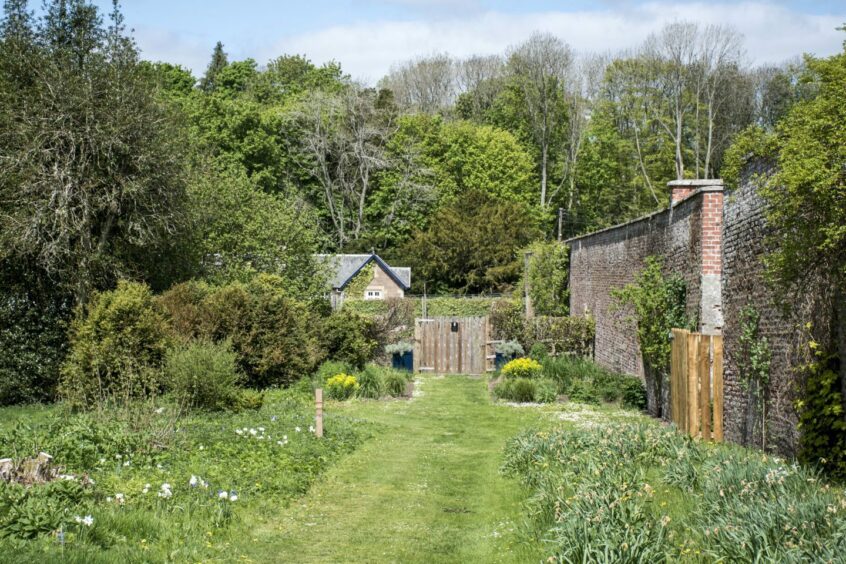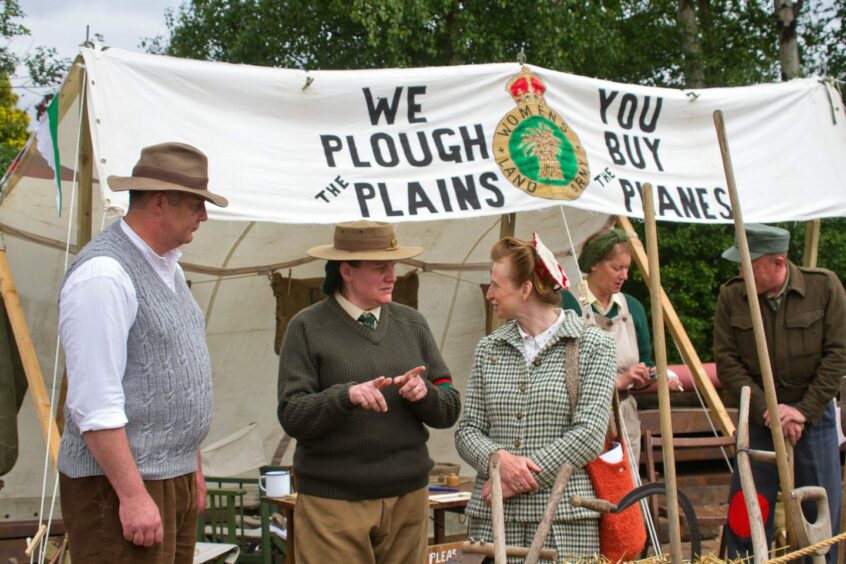It still never fails to amaze me just how diverse the world of gardening is. I started my career working in a public park.
These spaces are planted up for our pleasure, for us to relax and unwind in, kept by local authorities and the volunteer groups within them.
Botanical gardens
I then I spent the best part of 10 years working in botanical gardens. Horticultural principles are still the same here, but these gardens are all about plant conservation, where collections of wild plants are kept for education and medicinal purposes.
Sadly in the worst case scenarios, also to prevent plants from going extinct due to climate change and human practises.
Now I find myself working in one of our country’s well known historic houses Scone Palace, where the kings of Scotland were once crowned.
My work here could be described as the best of both worlds. I get to grow vegetables and dahlias, keep borders well stocked with shrubs and perennials, and all the while I am preserving a designed landscape which is over 200 years old.
There are many horticultural topics to absorb our interest within these different types of gardening.
From glasshouses to bowling greens
I’ve spent time working in glasshouses, learning how to propagate and grow the next generations of plants.
I’ve kept a bowling green, developing the greenkeeper skills required to care for lawns – when to aerate, how to scarify, and all the different equipment needed to maintain them.
For a while I took a special interest in alpine plants, only focusing my time on these mountain marvels.
It still fascinates me how they grow, hugging rocks for dear life as gale force winds blow over them, with roots creeping down the most minuscule of cracks .
I’m only scratching the surface of where a career in horticulture can take your interests. I can’t think of any other vocation where, over the course of a working lifetime, you could probably change focus every five years or so and still keep within the same industry.
I spend a lot of my gardening time today concentrating on trees. It was this that brought me together with a group of gardening trainees in a practical training day on tree planting.
Working For Gardeners
The Working For Gardeners Association (WFGA) have been on the go since 1899. It was originally founded by women concerned about the lack of education and employment opportunities for women working on the land.
The association set about establishing training courses and examinations, with an Employment Bureau offering a service for both employers and employees.
From these early foundations, the Women’s National Land Service Corps launched at the outbreak of the First World War. Originally this was a voluntary group set up by WFGA founder member Louisa Wilkins.
It became so successful it was taken up by the government and the first Women’s Land Army was born.
Almost 100 years later and it’s still going strong.
The association identified a need for a training scheme to assist older students, offering ‘returners’ who were considering a career in horticulture. They teach practical gardening skills within private and public gardens throughout the United Kingdom.
This meant we welcomed enthusiastic gardeners through the Work and Retrain As a Gardener Scheme (WRAGS).
This was my first involvement with this scheme and based on our experience as a host garden it won’t be the last.
Regional manager Annie Stewart had the day well organised and I could tell the young and old-er students appreciated the efforts she makes to support them.
The success of groups like these is often down to the drive of committed individuals such as Annie.
Gardeners of the future
I had a great day. I was so proud of my own team as I watched them passing on their skills and demonstrating the methods we follow on planting bare-rooted trees. I enjoyed the chat as I moved around the activity groups, explaining and sometimes debating with the students why I follow the methods I use at Scone.
A sure fire-way for me to see that every one of them is keen and passionate about gardening.
It’s reassuring to see the future of gardening is in safe hands, thanks to gardening groups such as the WFGA.
It will be interesting to catch-up with some of the students in the coming years, and see how their careers have developed.
Have we helped encourage the next tree specialist? Or will our day together help form their all-round knowledge us gardeners have?
Tomorrow I’ll be moving my attention from one end of the scale down to the other as I guide visitors to the Palace on lifting and splitting snowdrops, as we raise money for the charities of Scotland’s Garden Scheme.
I can truly say, gardening is the best.




Conversation